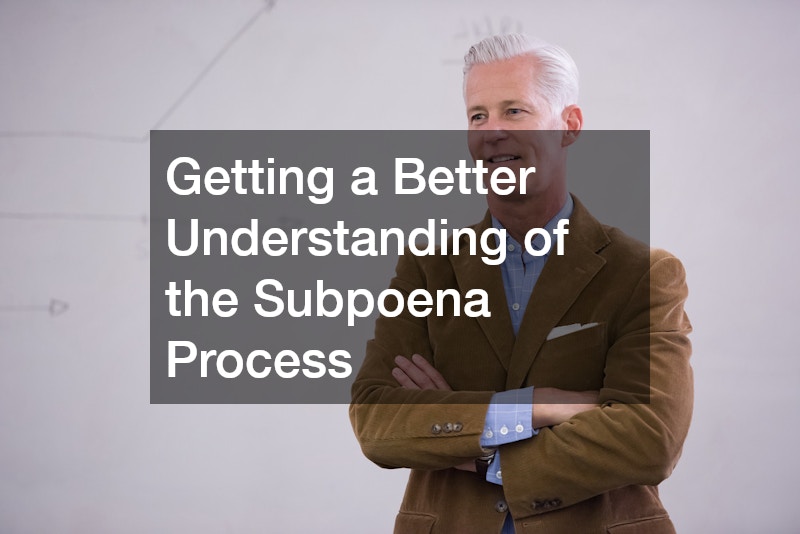Getting a better understanding of the subpoena process, especially in the context of a UIDDA subpoena, is vital for managing legal proceedings that span multiple jurisdictions. The Uniform Interstate Depositions and Discovery Act (UIDDA) simplifies the process of obtaining evidence from another state by providing a standardized approach to issuing subpoenas across state lines. This act is designed to address the complexities and potential complications of interstate discovery, ensuring that subpoenas are handled consistently and efficiently. For legal professionals, grasping the nuances of the UIDDA subpoena process is essential for facilitating effective evidence collection and maintaining procedural integrity.
To properly handle a UIDDA subpoena, there are several key steps to follow. Initially, the subpoena must be drafted in accordance with the laws and regulations of the state where the legal action is taking place. This includes specifying the required documents or testimony and ensuring that all relevant details are included. Once the subpoena is prepared, it must be submitted to the court or designated authority in the state where the evidence is to be obtained. This process may involve working with local authorities or legal representatives to ensure proper service and compliance with local rules. Additionally, providing adequate notice to all parties involved and adhering to any specific requirements for serving the subpoena on the witness or recipient is crucial. By understanding and meticulously following these procedures, legal professionals can navigate the UIDDA subpoena process effectively, ensuring that evidence is gathered in a legally sound manner and that interstate legal matters are managed efficiently.
.


